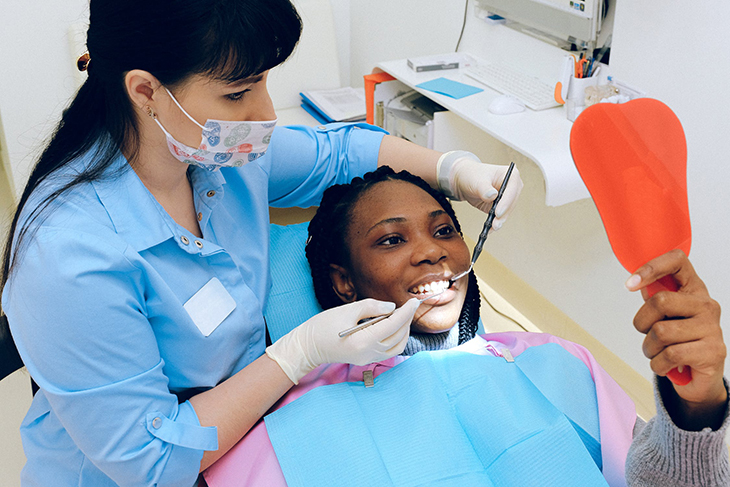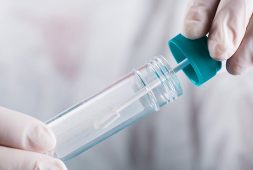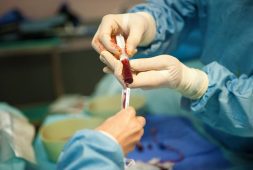
Taking good care of your teeth goes beyond just keeping your pearly whites nice and clean. In fact, a scientist managed to see a clue in some discarded data that taking care of your teeth could actually prevent chronic joint pain.
Although it sounds very strange, Vicky Yao, a computational biologist from Rice University, shares that she found traces of bacteria that have been linked with periodontal disease. These samples were collected from patients diagnosed with rheumatoid arthritis, which in turn, began the research which confirmed the connection between the two diseases.
By tracing this connection between the two conditions, the scientist explained that they may be able to develop therapies for rheumatoid arthritis. This is an autoimmune inflammatory disease known to attack the lining of the joints, which can cause heart, lung, and even eye issues in the long run.
What this discovery has done is underline the importance of regular tooth brushing. Moreover, this new research approach may also be useful in other disease treatments, such as cancer.
Lead author of the study which was published in the journal Science Translational Medicine, Dr. Yao, said, “I was curious about this tool that allowed you to detect microbes floating around in human samples. This data perhaps holds more information than we are immediately able to derive from it.”
She decided to look further into the data collected by her colleagues from Rockefeller University and Howard Hughes Medical Institute patients with rheumatoid arthritis. And despite working on a different project that ‘tracked changes in gene expression during arthritis attacks,’ Dr. Yao’s hunch was confirmed. By studying these bacteria, what they found was that ‘germs associated with gum disease changed consistently prior to arthritic flare-ups.’
“One of the things that came up was, how cool would it be if you could prescribe some kind of mouthwash to help prevent rheumatoid arthritis flares,” Dr. Yao said.
She explained that in the discovery of ‘meaningful information in the microbial signatures in the leftover human samples’ are what inspired her to follow a similar approach to researching data from cancer patients.
She also said, “Now, we are doing something similar in looking at cancer. The hope here is that if we find some interesting microbial or viral signatures that are associated with cancer, we can then identify productive experimental directions to pursue.”
“For instance, if having a tumor creates this hotbed of specific microbes that we recognize, then we can maybe use that knowledge as a means to diagnose the cancer sooner or in a less invasive or costly way. Or, if you have microbes that have a very strong association with survival rates, that can help with prognosis. And if experiments confirm a causal link between a specific virus or bacteria and a type of cancer, then, of course, that could be useful for therapeutics,” she added.
Another well-known pathogen example often associated with cancer is HPV or the human papillomavirus, which is also the most common type of STD.
Dr. Yao concluded, “When we did the same exercise looking at cervical cancer tumor samples, we consistently detected the virus. I am really interested in using computational approaches to bridge the gap between available experimental data and ways to interpret it.”
“Computational analysis is a way to help interpret data and prioritize hypotheses for clinicians or experimental scientists to test,” she explained.



